Grilling lamb is an art form that combines the smoky flavors of an open flame with the succulence of tender, well-seasoned meat. Whether you’re a seasoned pitmaster or new to the world of outdoor cooking, mastering the art of grilling delicious lamb requires attention to detail, the right techniques, and a bit of culinary creativity. In this guide, we’ll explore everything from selecting the perfect cut of lamb to achieving that perfect char while keeping the meat juicy and flavorful. By the end, you’ll be ready to impress your guests with a grilled lamb dish that’s as visually stunning as it is delicious.
Choosing the Right Cut of Lamb
The first step in grilling delicious lamb is selecting the right cut. Different cuts have varying textures, flavors, and best-suited cooking methods. Here are some popular choices:
-
Lamb Chops: These are typically cut from the rib or loin section and are known for their tenderness and flavor. Rib chops are especially prized for their marbling and rich taste.
-
Leg of Lamb: This large cut is ideal for feeding a crowd. It can be roasted whole or butterflied and grilled. The leg is relatively lean but becomes incredibly tender when cooked slowly over indirect heat.
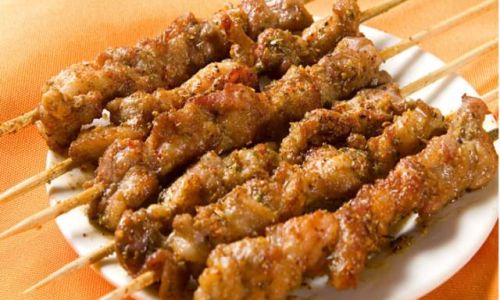
-
Shoulder: Lamb shoulder is a more affordable and flavorful cut, though it requires longer cooking to tenderize the tough muscles. It’s perfect for slow-grilling or braising.
-
Rack of Lamb: Also known as a lamb french rack, this cut includes the ribs and is often Frenched (trimmed of meat and fat around the bone) for a dramatic presentation. It’s best grilled over indirect heat to avoid overcooking the delicate meat.
Preparation Techniques
Once you’ve chosen your cut, proper preparation is key to ensuring your lamb turns out moist and flavorful.
Trimming and Seasoning
-
Trimming Fat: While some fat is essential for flavor and moisture retention, excess fat can cause flare-ups on the grill. Trim away any large pieces of fat, especially around the edges.
-
Seasoning: Lamb pairs well with a variety of spices and herbs. Classic combinations include rosemary, garlic, thyme, lemon zest, and olive oil. For a Middle Eastern twist, try cumin, coriander, paprika, and a hint of cinnamon. Season the lamb generously, making sure to rub the spices into the meat for maximum flavor penetration. Allow the seasoned lamb to sit at room temperature for about 30 minutes before grilling; this helps to relax the meat fibers and ensures even cooking.
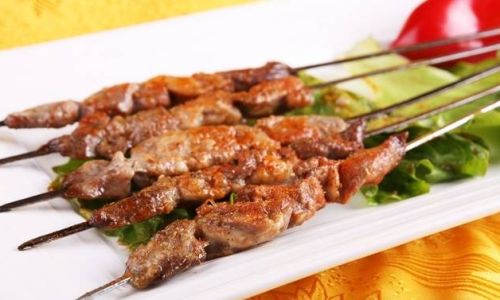
Marinades and Rubs
-
Marinades: A good marinade can add depth of flavor and tenderize the meat. A simple yogurt-based marinade with garlic, lemon juice, and herbs is a classic choice. Marinate for at least 2 hours, preferably overnight, in the refrigerator.
-
Rubs: Dry rubs are another excellent way to add flavor. Combine spices like brown sugar, smoked paprika, salt, pepper, and garlic powder. Apply the rub evenly to the lamb and let it sit for at least 30 minutes before grilling.
Grilling Techniques
Grilling lamb requires a balance of direct and indirect heat to achieve the perfect combination of sear and tenderness.
Direct Grilling
For quick-cooking cuts like lamb chops, direct grilling over high heat is ideal. Preheat your grill to high and oil the grates to prevent sticking. Place the lamb chops on the grill and cook for about 4-5 minutes per side, depending on thickness and desired doneness. Use tongs to flip the chops, avoiding piercing them with a fork, which can release juices and dry out the meat.
Indirect Grilling
Larger cuts like leg of lamb or shoulder benefit from indirect grilling, which involves cooking the meat over a lower heat with one side of the grill off or covered with a heat-diffusing plate. This method allows the lamb to cook slowly and evenly, resulting in tender, juicy meat.
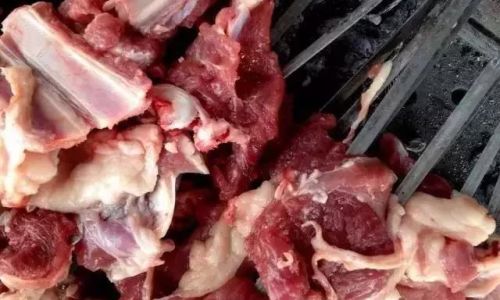
-
Preheat the Grill: Set up your grill for indirect grilling, with one burner on high and the other off (for a two-burner grill). If using a charcoal grill, place coals on one side and leave the other side coal-free.
-
Placing the Lamb: Place the seasoned lamb on the grill grate over the indirect heat side. Close the grill lid and cook, adjusting the heat as necessary to maintain an internal temperature of around 325°F (163°C). For a leg of lamb, this could take anywhere from 1 to 1.5 hours per pound, depending on the size and desired doneness.
-
Finishing: About 30 minutes before the estimated cooking time is up, check the internal temperature of the lamb using a meat thermometer. When it reaches 130-135°F (54-57°C) for medium-rare, or your preferred doneness, move the lamb to the direct heat side for a few minutes on each side to develop a nice crust. Watch carefully to avoid burning.
Resting and Serving
Once the lamb reaches the desired internal temperature, remove it from the grill and let it rest for at least 15-20 minutes. This resting period allows the juices to redistribute, ensuring a juicy, tender final product.
Serve your grilled lamb with sides that complement its rich flavor. Classic accompaniments include roasted vegetables, couscous, hummus, and pita bread. A drizzle of fresh lemon juice or a dollop of tzatziki sauce can add a refreshing brightness to the dish.
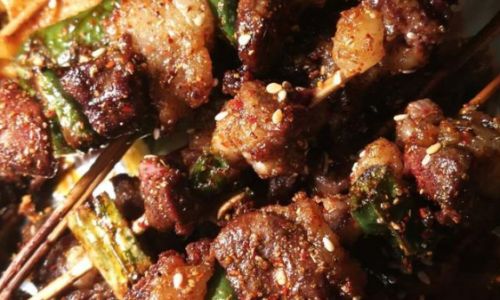
Experimenting and Innovating
Grilling lamb is a culinary journey that invites experimentation. Try different spices, marinades, and cooking methods to find what you love best. Consider wood chips or pellets for smoking, which can add an extra layer of flavor. Whether you’re aiming for a traditional taste or looking to create something unique, the possibilities are endless.
In conclusion, grilling delicious lamb is a rewarding culinary endeavor that combines skill, patience, and creativity. By selecting the right cut, preparing it thoughtfully, and grilling with precision, you’ll be able to serve up a lamb dish that’s sure to become a household favorite. Happy grilling!

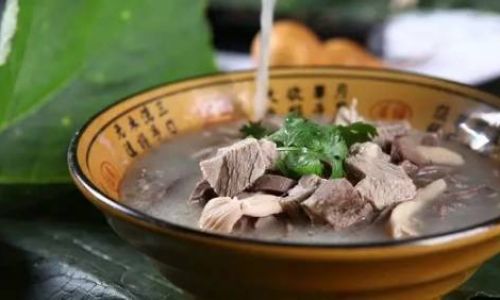

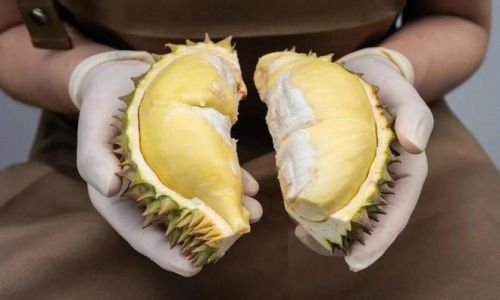

0 comments